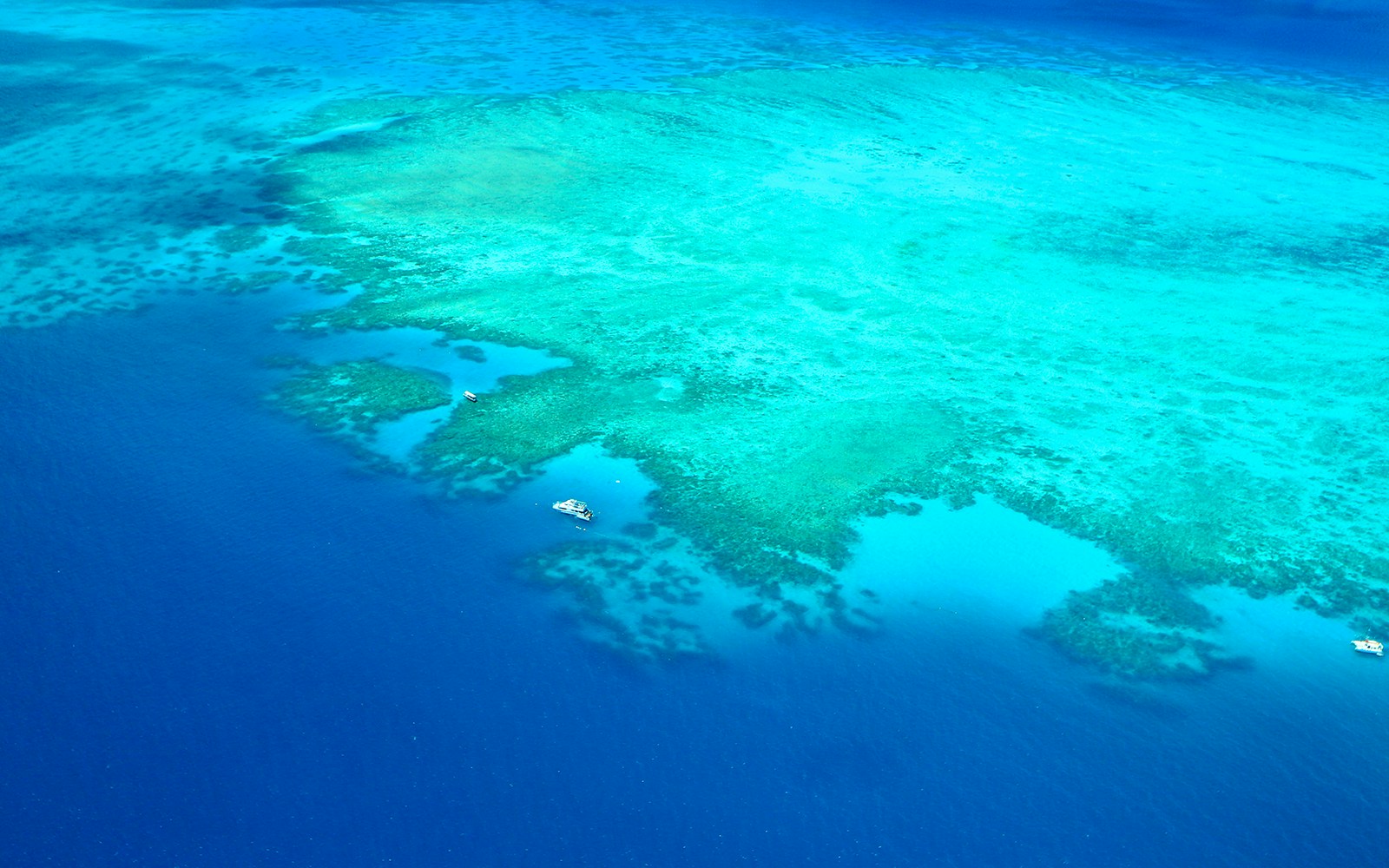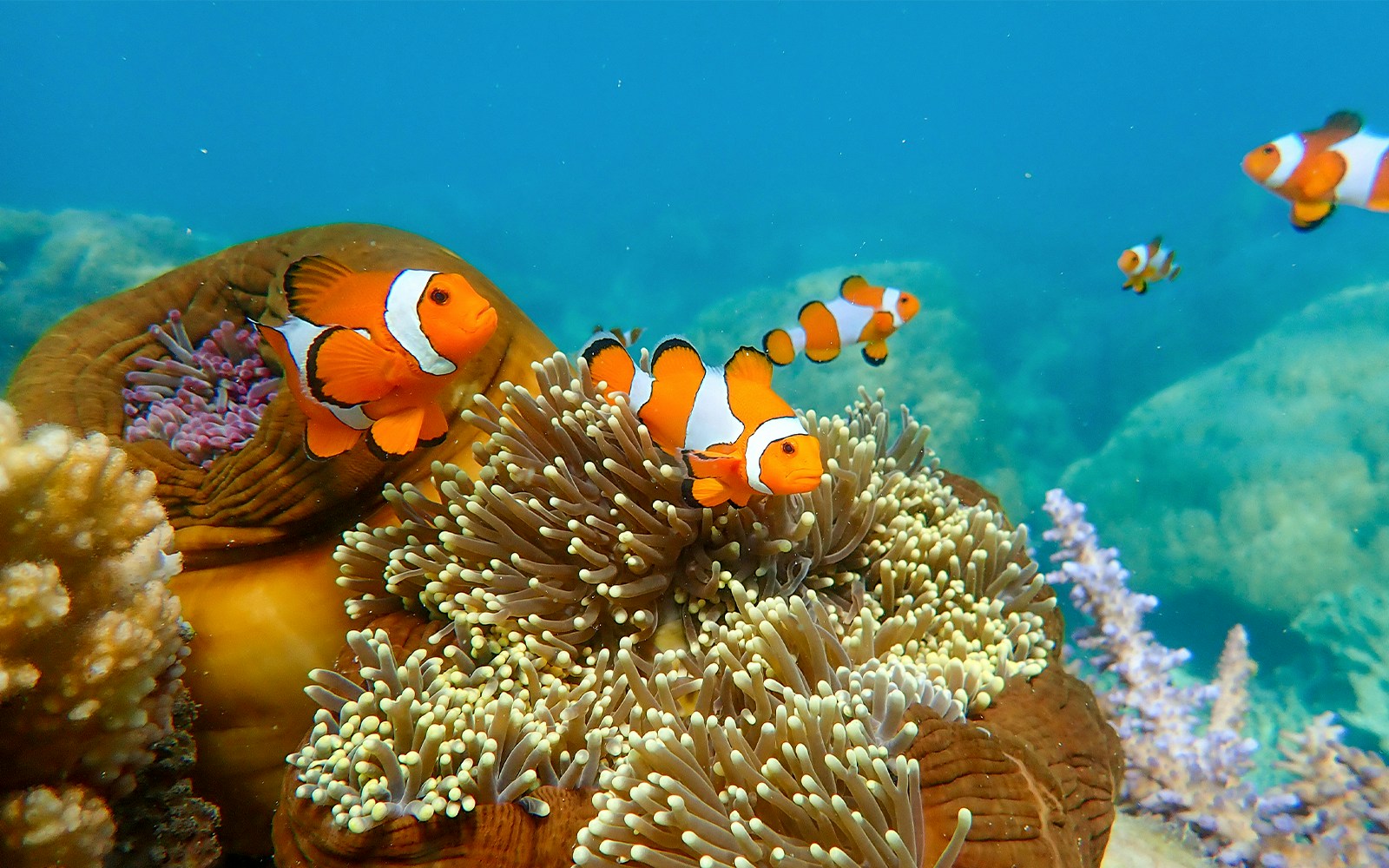Best Time: From June–October, the water is clearest, jellyfish are rare, and reef colors pop. Calm surface conditions also make snorkeling easier for beginners. Expect excellent visibility in shallow lagoons and reef drop-offs.
Month-by-month breakdown
June to October: Dry season (Peak time)
This is the season for calm seas, sunny skies, and crystal-clear water. It’s also prime whale watching season (July–September), with average visibility up to 20 meters, perfect for snorkeling and diving. You’ll encounter cool mornings (~18°C) and warm, pleasant afternoons (~25–27°C).
November to December: Hot & Calm
It’s hotter and more humid, but the water temperature is perfect—28°C and rising. Coral spawning occurs during the November full moon, a rare and glowing reef phenomenon. The reef teems with juvenile fish, and mornings tend to be calm before afternoon rains.
January to March: Wet Season (Low Season)
Expect high humidity, frequent rain, and occasional tropical storms. But visibility can still be decent at outer reef sites. These months are quiet and lush, with warmer waters (up to 30°C) and turtle nesting + hatching on reef-adjacent islands like Heron or Fitzroy.
April to May: Shoulder Season
Temperatures start to ease, skies dry out, and tour operators resume full schedules. Visibility improves, prices dip slightly, and wildlife sightings increase. It's a sweet spot for divers looking for value without sacrificing experience.






















